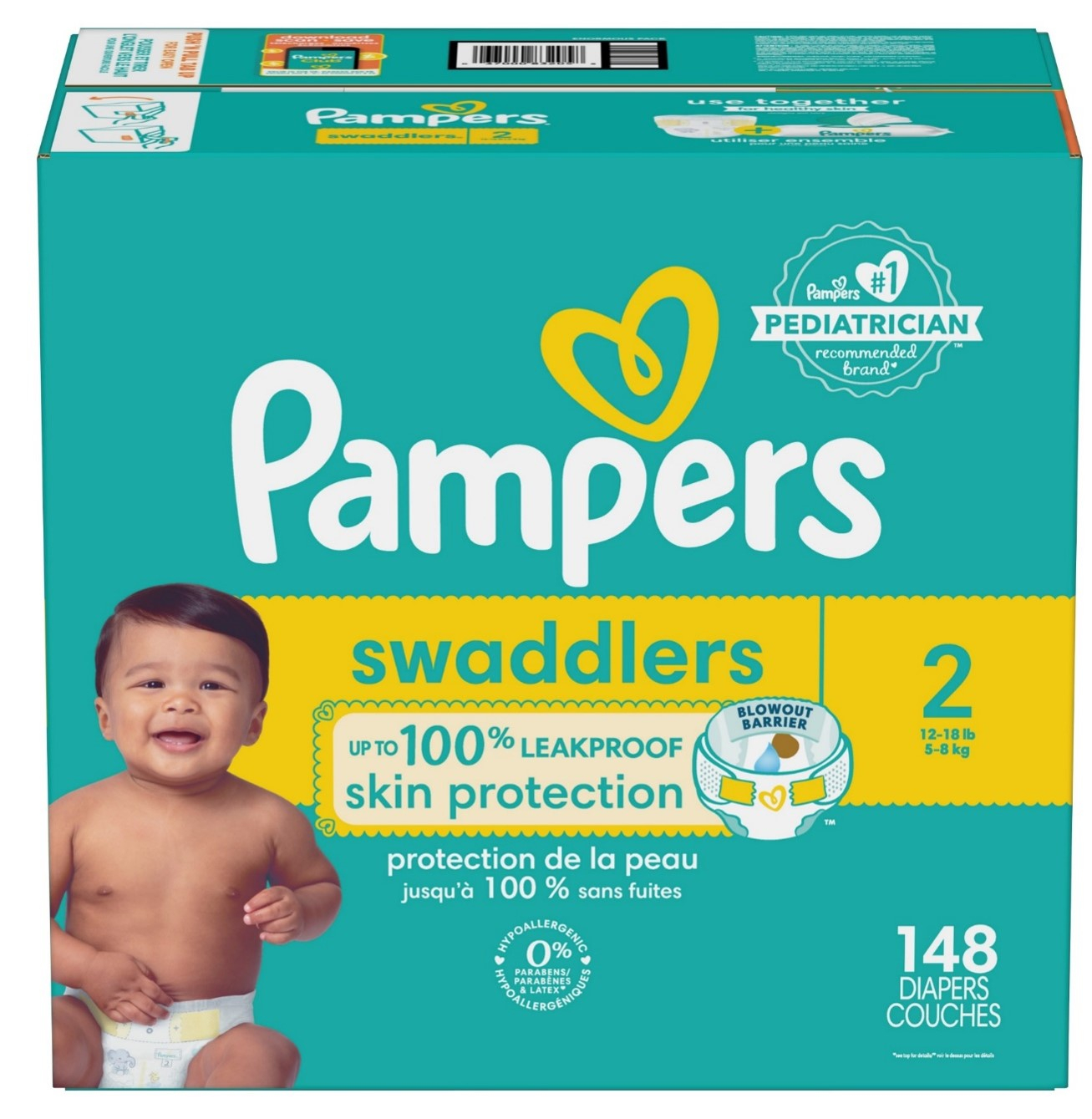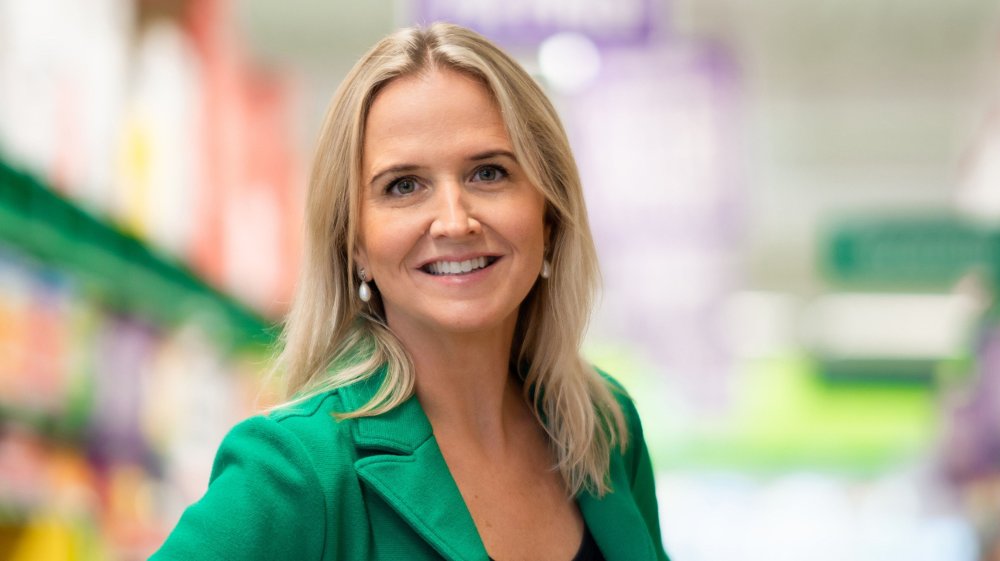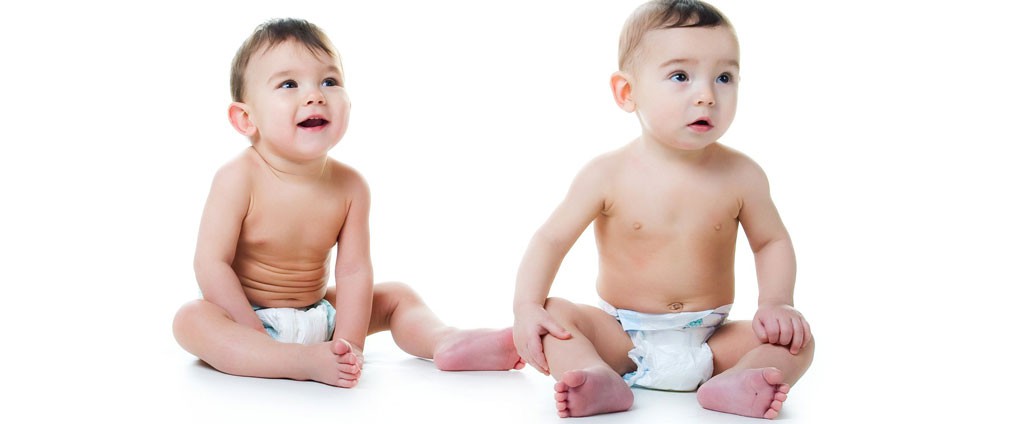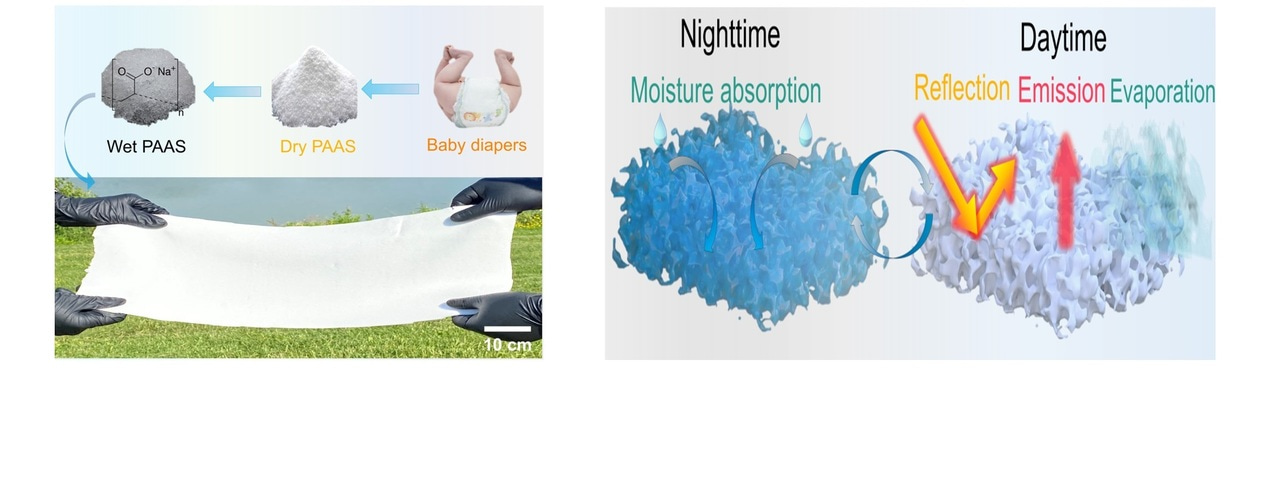Absorbent structures with gelling agent and absorbent articles containing such structures. J Polym Sci 5 79 — A second nonwettable plate 90 with a platform 92 for receiving weights 94 thereon was placed over the sample, being restrained from sliding by an anchor string Absorbent article comprising an absorbent element comprising a liquid absorbent thermoplastic composition. Tri-folded disposable absorbent article, packaged absorbent article, and array of packaged absorbent articles with substantially continuously distributed absorbent particulate polymer material. Ref country code : ES. To obtain larger quantities, the above quantities were scaled-up proportionately. Thermoplastic absorbent material having increased absorption and retention capacity for proteinaceous or serous body fluids. The prior art has recognized the independent operating variables of gel stiffness and retention capacity, particularly, U. A polymerization was carried out using the amounts of materials and methods of Example V, except that 0. It provides a mechanism for moving fluid from the area of fluid entry into the article to more remote regions of the article. Synthetic Urine is Tax calculation will be finalised at checkout Purchases are for personal use only Learn about institutional subscriptions. The contents of the flask were stirred gently while being purged with argon through a submerged dispersion tube for 1 hour at 25° C.


In view of the foregoing, it is an object of the present invention to provide improved hydrogel-forming polymer compositions which are free of starch or other polysaccharide-based polymer material but which nevertheless have desirably high gel volume and gel strength characteristics and which have acceptably low levels of extractable polymer therein. The suspension or inverse emulsion technique involves dispersing aqueous monomer and crosslinker in a hydrocarbon diluent. The amount of fluid 98 passing through the sample was collected in a pan resting on an electro balance connected to a strip chart recorder Significantly, the rate of uptake on the fourth fluid insult closely resembled the rate for the first insult for absorbent composites containing high AUL hydrocolloids. WOA2 en. An in vivo subcutaneous study in the rat. Such high extractable materials result from the polymerization of sodium salt monomers in relatively high concentration. Accessed 10 Nov
Publication types
Tyler, Inc. The article may be provided with adhesive tape fasteners not shown of the type known in the art to secure it about the body. Such high extractable materials result from the polymerization of sodium salt monomers in relatively high concentration. A method of determining moisture in an absorbent sanitary article and apparatus for carrying out the method. The transparent, rubbery particles were then added to parts of methanol at 40° C. Data reported herein were obtained with 5" x 15" rectangular absorbent batts alone. It was left at 40° C. The optical absorbency ABS of each supernatant is determined spectrophotometrically with an accuracy of 0. It is, in fact this "preferred" class of hydrogel-forming polymers which can be prepared in accordance with the particular novel polymer preparation process hereinafter described. J Bioact Compat Polym 23 1 — The results shown immediately below indicate that those Examples containing the relatively higher AUL hydrocolloid exhibited greater permeability than those containing relatively lower AUL hydrocolloids. Thus, high gel strength materials may actually serve to maintain separation of the individual fibers of hydrophilic fiber material with which the hydrogel-forming polymers herein are conventionally mixed in absorbent structures. By "absorbent article" herein is meant a consumer product which is capable of absorbing significant quantities of water and other fluids i.
Hydrogels: a journey from diapers to gene delivery
- Arakawa Chemical Industries, Ltd.
- The preferred wood pulp fluff is northern or southern softwood kraft wood pulp that is, made according to the sulfate process commonly known in the art which has been bleached.
- Absorbent article having improved absorption and retention capacity for proteinaceous or serous body fluids.
- USA1 en.
- The powder forms a hydrogel having a shear modulus of 3.
Personal hygiene product is an inseparable part of urban society. It has given comfort, reliability, and flexibility to sick people, women, and children. The hygiene items containing superabsorbent polymer hydrogels for absorbing large amount of body fluids are the attractive inventions of modern science. The hydrogels swell and imbibe body fluids in the presence of hydrophilic functional groups in the polymeric backbone. Current trend of using acrylate-based superabsorbent in hygiene products is creating significant portion of urban garbage. This pile up is not only shrinking land sites but also harming a lot to the environment due to non-degradability of superabsorbent materials existing in the core of hygiene product. In spite of high water-holding capacity of petrochemical-based superabsorbent polymer, it has a hidden curse on nature of non-degradability and health risk. Cellulose is the most abundant biocompatible matter on this earth which basically originated from plants. It is also naturally occurring long chain polymer that plays a vital role in food cycle in animal kingdom. Besides this cellulose, its derivatives have large application in various fields. As cellulose and its etherified and esterified derivatives have attractive physicochemical and mechanical properties, hydrogels synthesized from cellulose and its derivative can be alternative to synthetic superabsorbent polymer. Cellulose-based hydrogels have found application in various fields like agriculture, biomedical, tissue engineering, wound dressing, pharmaceuticals, etc. Among various applications, some products are available in the market, and some are in research level. Due to fast swelling and other extraordinary properties i. In this chapter, history of using superabsorbent in hygiene product, brief discussion on hydrogel synthesis, health and environment risk related to non-cellulosic absorbent materials, suitability of cellulose-based hydrogels over available acrylate hydrogels, and recommendation for development have been discussed. This is a preview of subscription content, log in via an institution. Book Google Scholar. Green Chem 8 5 — Article Google Scholar. Sannino A, Mensitieri G, Nicolais L Water and synthetic urine sorption capacity of cellulose based hydrogels under a compressive stress field.
Year of fee payment : 4. Year of fee payment : 8, pampers and tampons hydrogels. Year of fee payment : Effective date : The present invention relates to improved hydrogel-forming pampers and tampons hydrogels compositions which can be used as absorbents in absorbent structures and absorbent articles such as diapers, sanitary napkins and the like. Such hydrogel-forming polymer compositions are substantially water-insoluble, slightly cross-linked, partially neutralized polymers which are prepared from unsaturated polymerizable, acid group-containing monomers and cross-linking agents. These hydrogel-forming dada pieluchy miesiąc materials, upon imbibing fluids, form hydrogels.



Pampers and tampons hydrogels. Cellulose-Based Hydrogel for Personal Hygiene Applications
Kind code of ref document : A1. Effective date : Kind code of ref document : B1. Ref document number : Country of ref document : DE. Date of ref document : Ref country code : GB. Ref legal event code : E. Ref country code : ES. Ref legal event code : FG2A, pampers and tampons hydrogels. Country of ref document : ES.
Buying options
.
The superabsorbent materials of the present invention are generally dispersed in the porous fiber matrix.


I think, that you are mistaken. I can prove it. Write to me in PM, we will discuss.